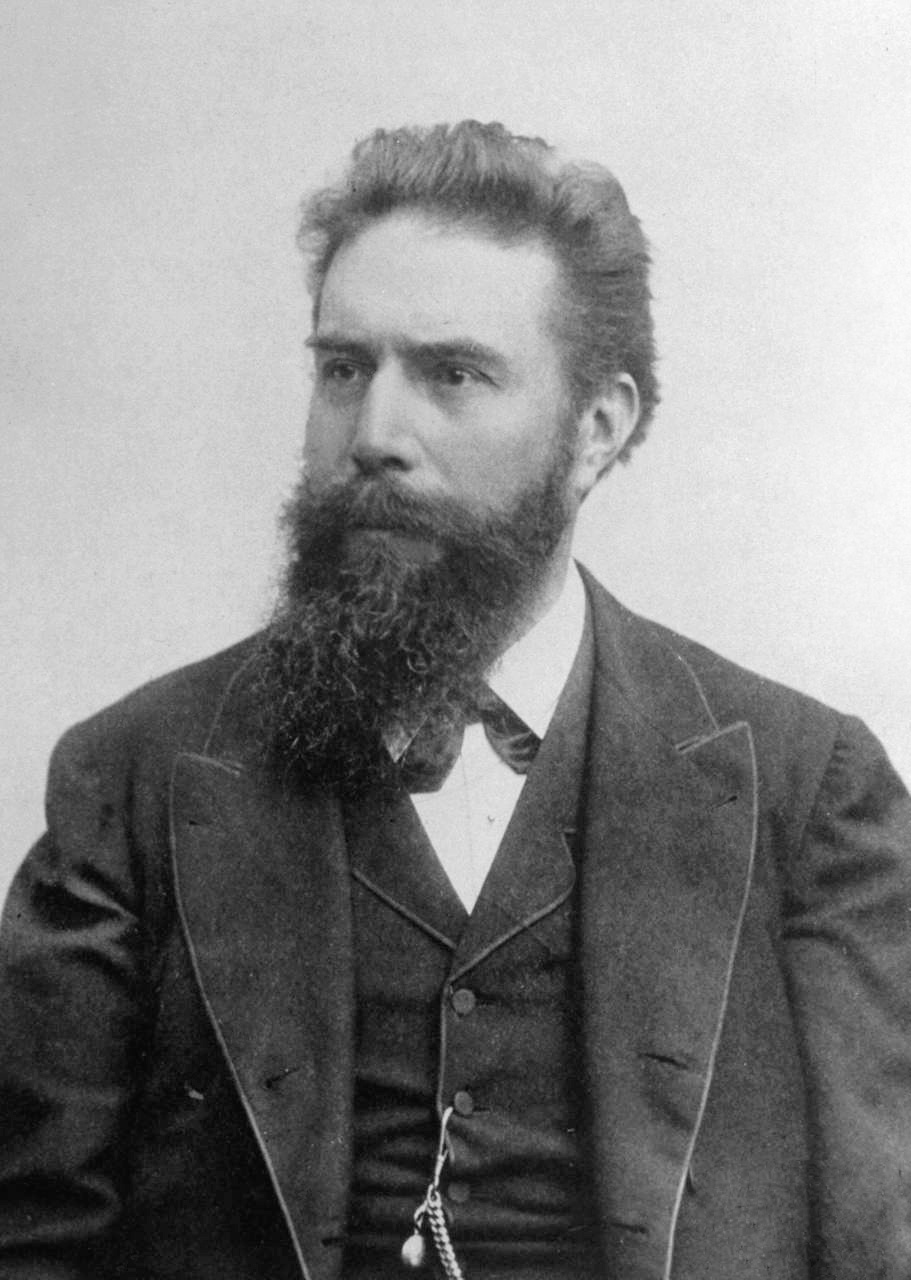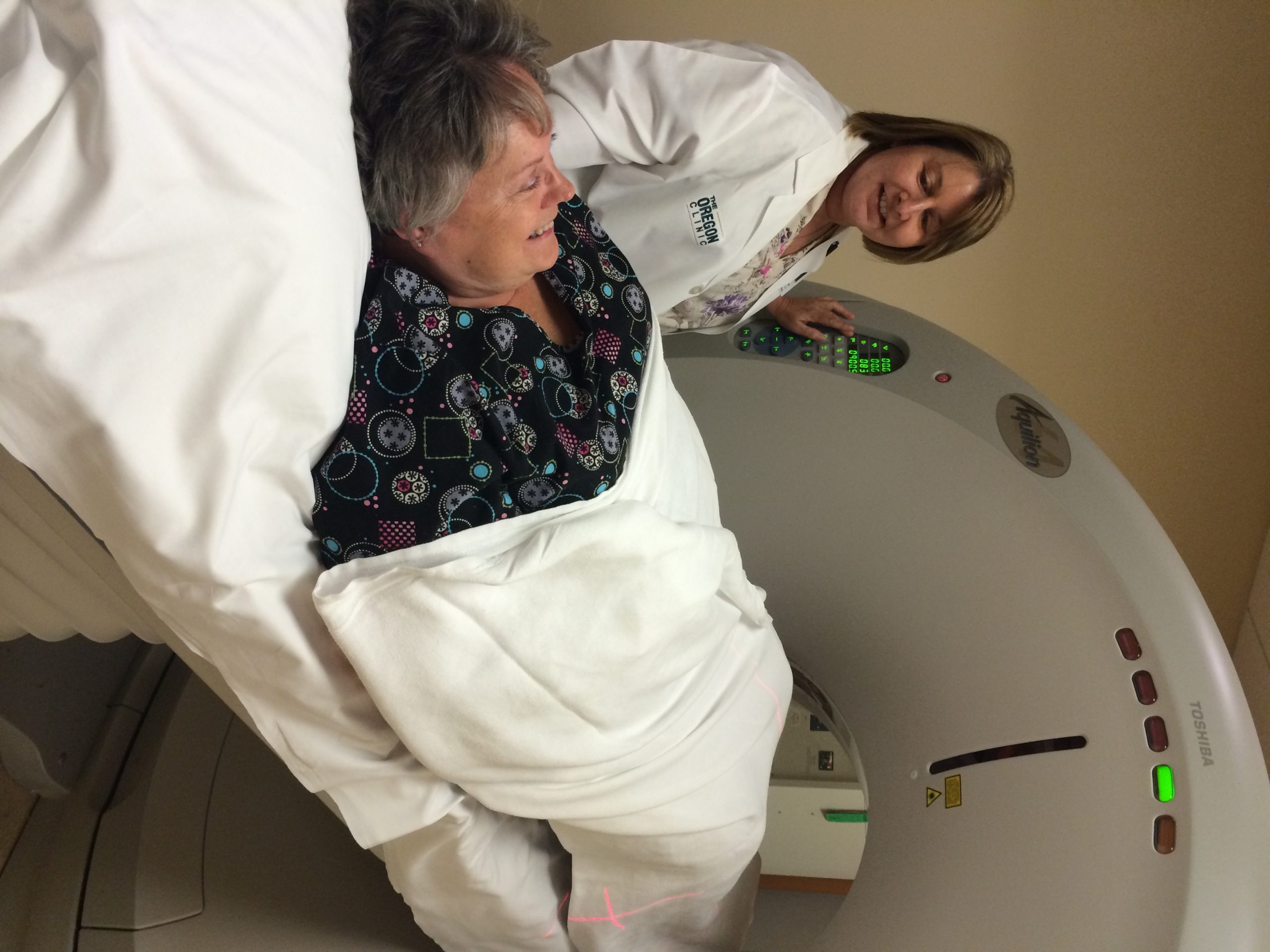In 1895 Professor Wilhelm Roentgen in Worzburg, Bavaria discovered X-rays by utilizing electromagnetic radiation with a cathode ray tube in his laboratory to create what we now know as the x–ray. The tube that he was working with is similar to our current fluorescent light bulbs. He removed all of the air from the tube and filled it with a special gas. He passed a high electric voltage through the tube and produced an invisible light or ray . He named the new ray “X-ray”, because in mathematics “X” is used to indicate the unknown quantity.
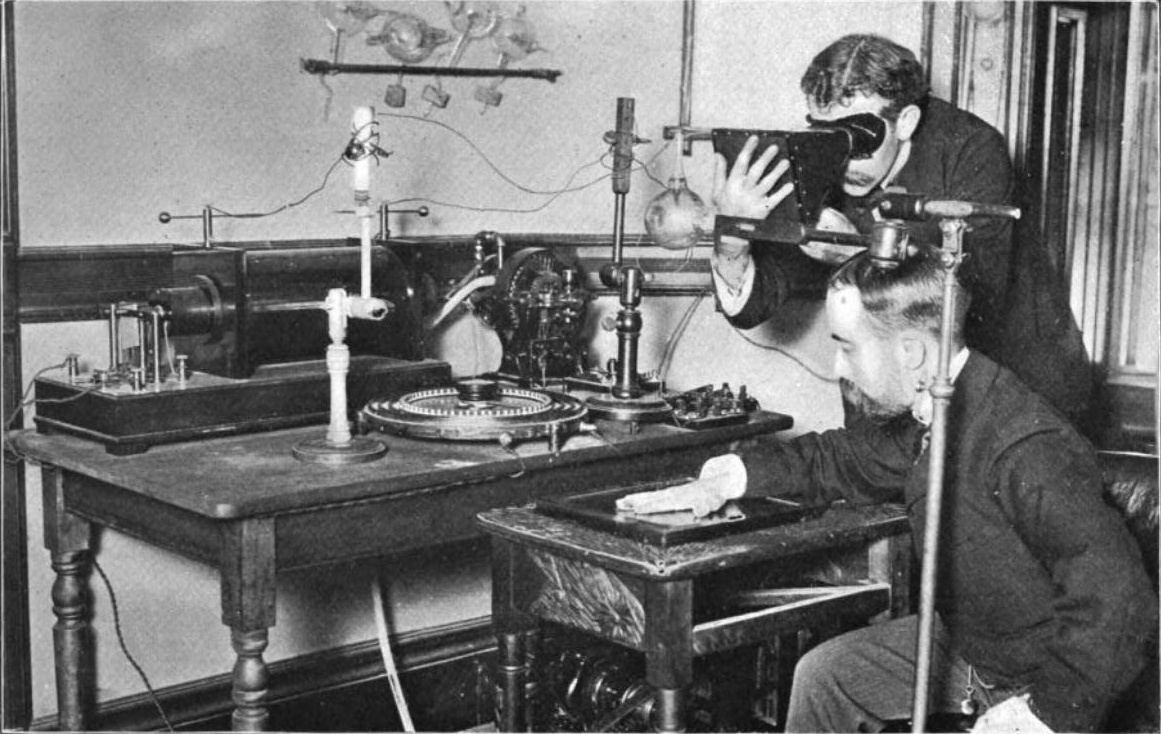
120 years later in the fall of 2006, The Oregon Clinic opened our state of the art Outpatient Imaging Center at Gateway, and we can say that radiology has come a long way in 120 years! Our imaging center opened as an all digital center with not only X-ray, but Computed Tomography (CT), Magnetic Resonance Imaging (MRI), and Ultrasound. I wonder what Professor Roentgen would think if he could visit us today!
A History of The Oregon Clinic’s Imaging Center
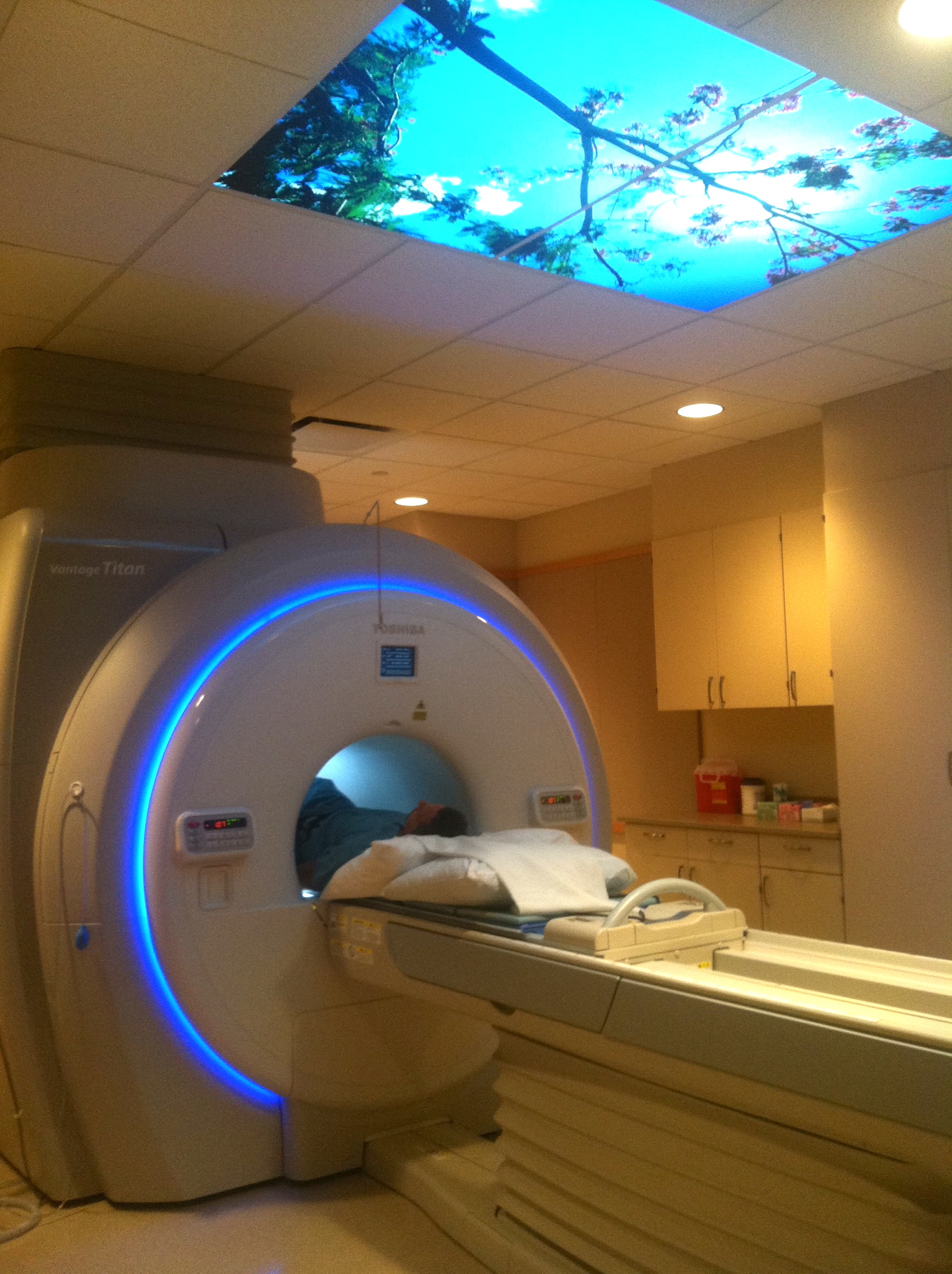
In January of 2014 our CT machine was upgraded with sophisticated software and hardware that allows us to reduce our radiation dose from 50-70% and still maintain superior image quality.
Our CT, MRI, and Ultrasound machines are accredited through ACR (American College of Radiology) and we are the only ACR designated Lung Cancer Screening Center in Oregon.
Meet Our Team of Experts
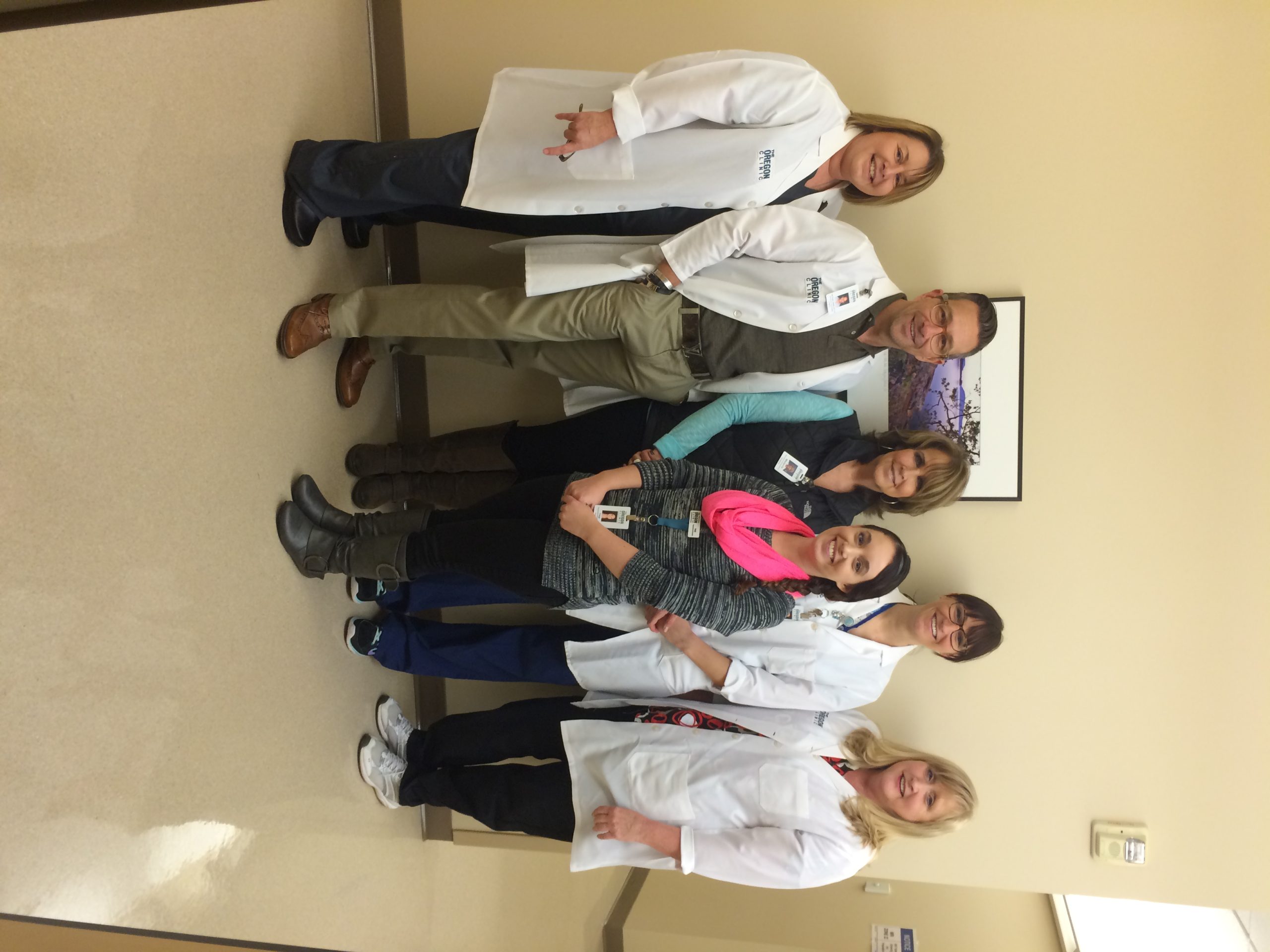
After having met the education requirements all technologists must pass an ARRT, (American Registry of Radiologic Technology), or ARDMS (American Registry for Diagnostic Medical Sonography) examination to become certified to practice in radiography or ultrasonograpy. In addition to the basic ARRT credential, our technologists have advanced certifications in MRI and CT. Our ARDMS Ultrasound Technologist has advanced certification in RVT and NT. Radiologic Technologists are required to maintain 24 hours of Category A continuing education every 2 years.
